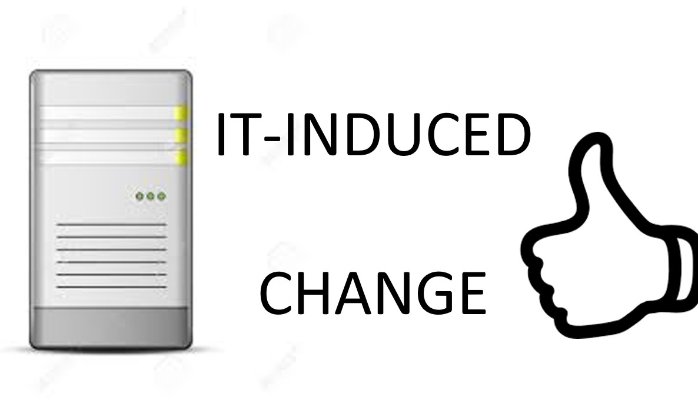Why should anyone bring a change management consultant to actualize a change vision? What benefits could change management initiatives realize?
The change manager is an enabler; a catalyst; a facilitator of progress. While he is not responsible for the ‘’brick-and-mortar’’ responsibilities on a project, he is at the capstone of any successful project. His overall contribution is ensuring that that the project achieves its stated goals and objectives.
The benefits of change management are twofold: financial and non-financial.
Financial Benefits of Change Management
The financial target of a change management practitioner is to sustain a positive Net Present Value for the project. He does this in three ways; by increasing the ability and willingness of the stakeholders to use the system, by reducing time spent by end-users in gaining proficiency, and by ensuring the workability of the system.
Firstly, desire. The change manager works to ensure the stakeholders are willing to use the new system. He does this by planning and executing a stakeholder management plan. In so doing, he takes into consideration the different social styles, motivating factors and interests of each stakeholder.
Secondly, knowledge. The change manager works to reduce the time taken for the employees to gain proficiency in the new system. Situations where employees are incapable of using the new system are costly and time-consuming. Hence, he reduces this risk by planning, executing and tracking training of the impacted stakeholders.
Thirdly, ability. The change manager works to ensure the stakeholders are able to use the new system. He does this by aligning the organization to meet the demands of the new system. To do this, he maps new roles to positions. He also disseminates User IDs and passwords to impacted stakeholders to give them access to the new system. In the same vein, the change manager ensures the workability of the system. Even though he is not a member of the change management team, he ensures the system is able to function. He does this by planning and executing change and business readiness activities, He checks to ensure that the relevant stakeholders have the technology, training and organizational alignment tools required to enable them function in the new environment.
Non-Financial Benefits of Change Management
The non-financial target of a change management practitioner is to improve employee retention, morale and customer satisfaction. He does this by increasing understanding, morale and engagement of employees.
Firstly, the change manager increases the understanding of stakeholders about the changes. He does this by planning and executing ‘’warm’’ and ‘’cold’’ communication activities to internal and external stakeholders.
Secondly, the change manager increases the morale of employees. He does this by ensuring company executives sponsor the project by ‘’walking the talk’’. By so doing, he builds enthusiasm and support for the new environment.
Thirdly, the change manager ensures that stakeholders are engaged and involved in the change. He does this by planning and executing several engagements within and outside the organization. At these engagements, he highlights the pain points of the old system, paints a picture of the benefits of the new system, provides a demo of the new system and sheds light on grey areas.





